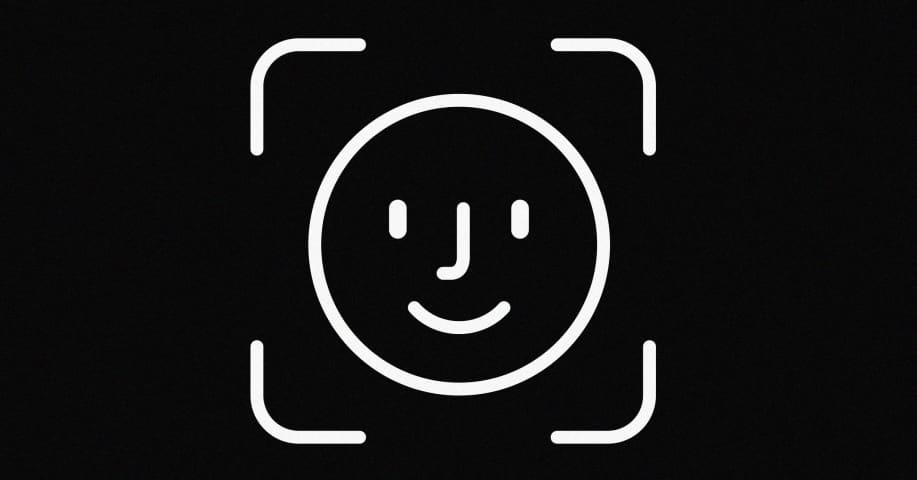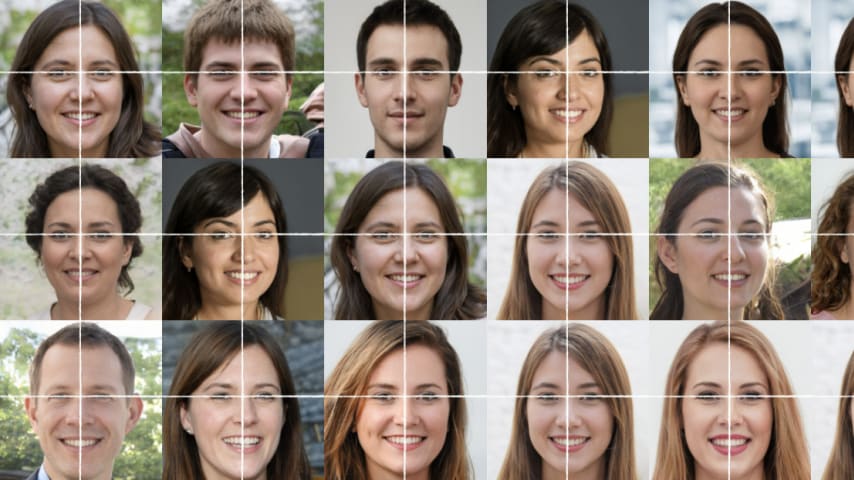インシデントのステータス
Risk Subdomain
4.3. Fraud, scams, and targeted manipulation
Risk Domain
- Malicious Actors & Misuse
Entity
Human
Timing
Post-deployment
Intent
Intentional
インシデントレポート
レポートタイムライン

2024 年 10 月 13 日更新: 10 月 11 日に最初に公開されたこの記事には、Google の新しい詐欺対策同盟イニシアチブの詳細、正当なサポート詐欺のように見える新しい警告、および高リスク アカウントを保護するための Google の高度な保護プログラムの詳細が含まれています。
Google は、Gmail アカウントを侵害しようとする人々に対して ま��すます洗練された保護 を実施してきましたが、AI 駆動型攻撃を使用するハッカーも進化しています。Google 自…
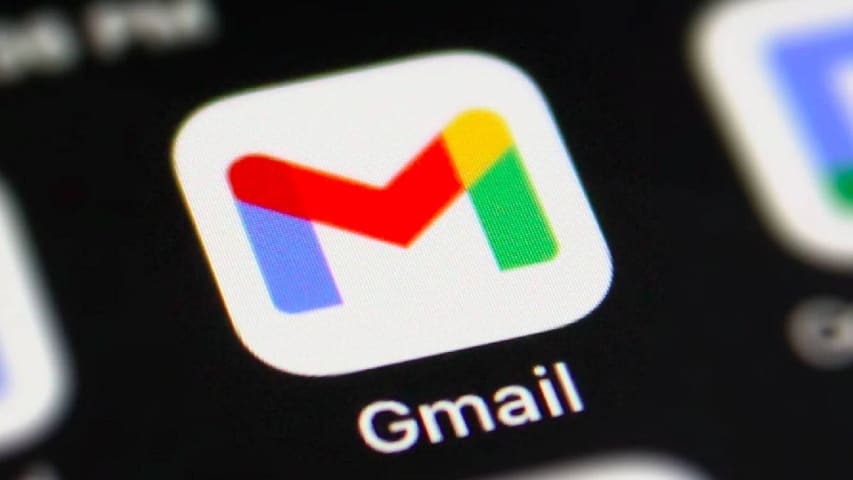
Gmail アカウント所有者を狙った詐欺が広まっており、あなたも簡単にこの詐欺に巻き込まれる可能性があります。Microsoft ソリューション コンサルタントの Sam Mitrovic 氏は、被害者だった可能性があります ブログ投稿で説明しているように。彼は、自分が開始していない Gmail アカウントの回復試行を承認するように求める通知を受け取りました。要求を拒否してから 40 分後、Sam 氏は Google Sydney からの電話に出られませんでした。
1 週間後…
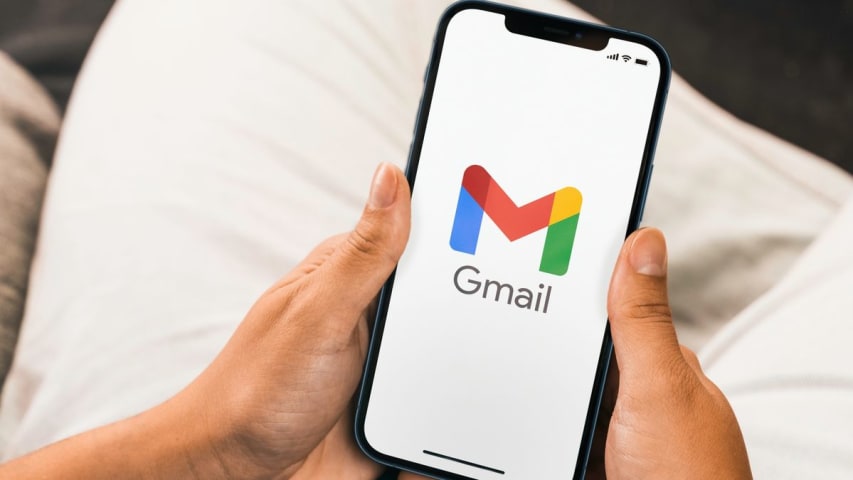
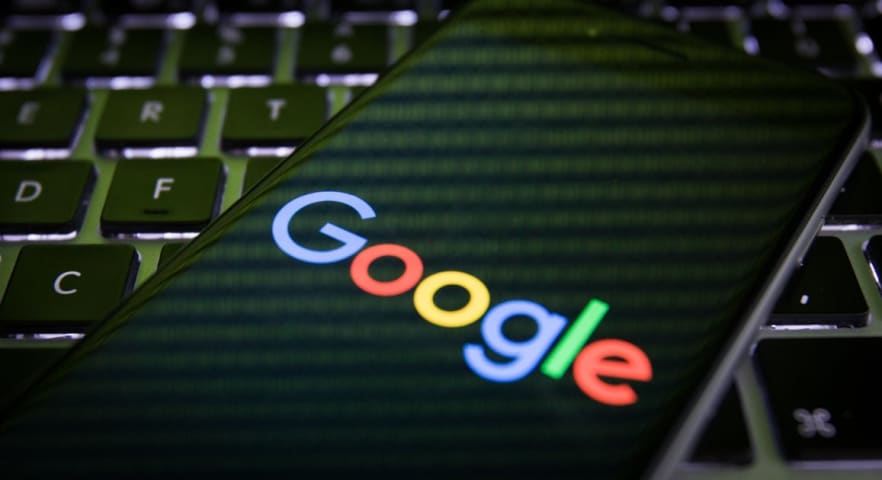
ユーザーは、数週間にわたって Google スタッフを巧妙に偽装する、洗練された AI ベースのアカウント乗っ取り詐欺の犠牲になっています。
IT コ��ンサルタントで技術ブロガーの Sam Mitrovic 氏は、Gmail アカウントの復旧を承認するよう通知を受けましたが、拒否しました。氏のブログ によると、Mitrovic 氏はその後約 40 分後に電話を受け、発信者番号は Google Sydney と表示されましたが、これも拒否しました。
Forbes は、偽のアカウン…

サイバー犯罪者は、特に Gmail ユーザーをターゲットにして、AI 技術を利用して高度な詐欺を実行することが増えています。25 億を超えるアカウントを持つ Gmail は、技術に精通した個人でさえ騙すことができる「超リアルな AI 詐欺電話」と呼ばれる戦術を使用する詐欺師にとって魅力的な機会を提供します。
CloudJoy の創設者でセキュリティ専門家の Sam Mitrovic 氏は、最近、このような詐欺の被害者になった経験を共有しました。彼は、Gmail アカウントの回…
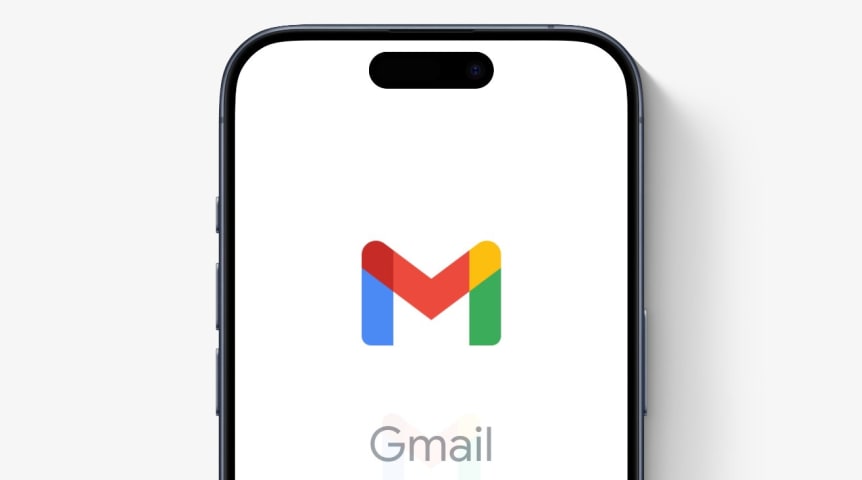
セキュリティ専門家が、Gmail アカウントの詳細を盗み取ろうとする新しい AI ベースの詐欺電話に、自分が騙されそうになったことを語った。
App Store にはすでに ChatGPT 詐欺アプリ が存在していたが、専門家のサム・ミトロビッチ氏が「超現実的」と表現する形で、詐欺師らは人工知能を導入した。
「人々は忙しいし、この詐欺は十分に本物らしく聞こえたので、彼らの努力には A 評価を与えたい」とミトロビッチ氏は ブログ投稿 に記している。「多くの人が騙される可能性が高…

Gmail から誰かがアカウントを復旧しようとしたというメッセージを受け取った場合は、注意してください。Microsoft コンサルタントの Sam Mitrovic 氏は最近、巧妙な詐欺の標的となったハッカーが、ウェブベースの フリーメール システムを狙う試みについて詳細に説明しています。デジタル セキュリティ システムで最も弱いのは人間であることがわかっています。そのため、ハッカーがシステムに侵入できるようにセキュリティ情報を人間に渡させようとする「フィッシング」詐欺がニ…
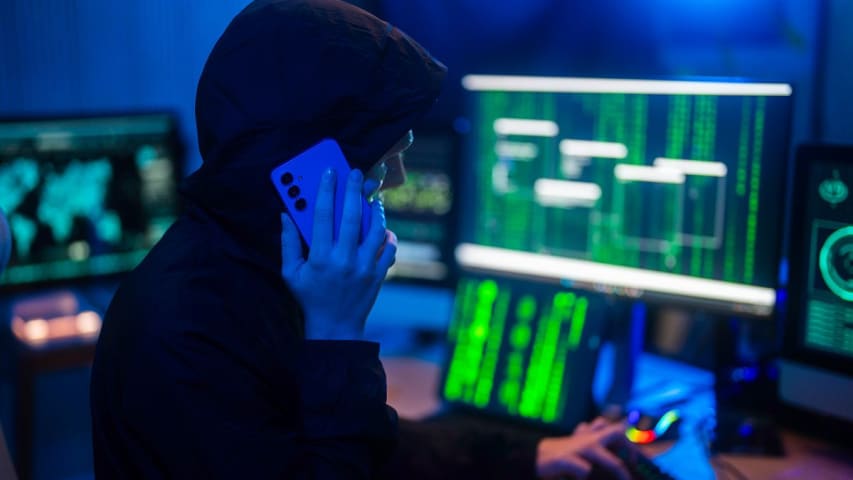
- Microsoft ソリューション コンサルタントの Sam Mitrovic 氏は最近、ハッカーによる 超リアルな AI 詐欺 によって Gmail アカウントへのアクセスをほぼ奪われそうになった経緯をブログで公開しました。
- ハッカーは Google のサポート チームの一員であると主張し (電話番号とメール アドレスは目立たないように偽装)、コンサルタントをそそのかして Gmail アカウントに関する複雑で機密性の高い詳細を共有させようとしました。
- 電話番号は Goog…

セキュリティ専門家は、Gmail アカウントを狙った AI によるフィッシング攻撃や詐欺は検出がますます困難になり、より巧妙になっていると警告しています。
こうした攻撃には、本物の Google アドレスからの偽の通知、正当な Google 電話番号から発信されたように見える AI や人間のエージェントからの説得力のある電話、詐欺を本物らしく見せるための Google ページへのリンクなどが含まれます。
9 月には、Microsoft 製品のセキュリティ専門家である Sam …

Gmail ユーザーを特にターゲットにし、巧妙に設計された偽のアカウント復旧リクエストを通じて個人データを盗むことを目的とする新しい詐欺が出現しました。IT コンサルタントで技術ブロガーの Sam Mitrovic 氏は最近、この Gmail 詐欺の体験を共有し、疑いを持たないユーザーがこの AI 駆動型詐欺の餌食になりやすいことを強調しました。
Gmail 詐欺の仕組み
詐欺 は、メールまたは電話に予期しない通知が送信され、開始したことのない Gmail アカウント復旧リク…
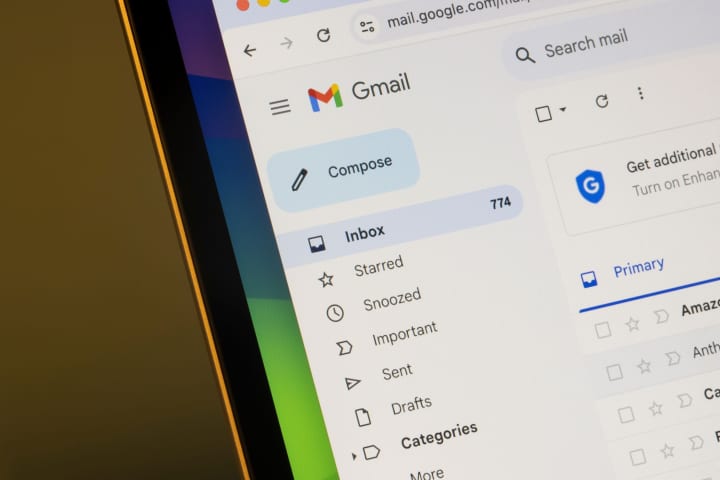
悪意のある人物が AI を使ってより信憑性の高い詐欺を仕掛けていることは周知の事実ですが、これまでは大勢の人を騙すことができませんでした。しかし、AI モデルが高度化するにつれて、こうしたトリックはますます現実的になってきています。
現在、最も用心深い人でも簡単にアカウントを騙し取ることができる、特に悪質な Gmail 詐欺が報告されています。
Gmail AI 詐欺の仕組み
この詐欺は、最初に Sam Mitrovic のブログ で文書化されました。この攻撃は、AI 音声と…
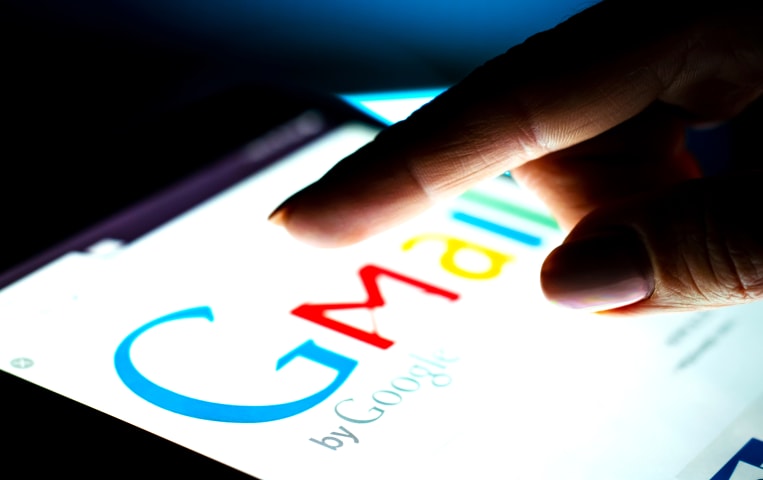
セキュリティ研究者とテクノロジー系スタートアップ企業の CEO が、Gmail ユーザーの一部が、アカウントを乗っ取られる可能性のある、高度な AI ベースの詐欺の被害者になる可能性があると警告した。
有名なテクノロジー系ベンチャー キャピタル企業 Ycombinator の CEO は先週末、X に、AI 生成の音声を使用する「かなり手の込んだ」フィッシング詐欺があると書いた。
「Google サポートを名乗る AI 音声を使用した、かなり手の込んだフィッシング詐欺にご注意…
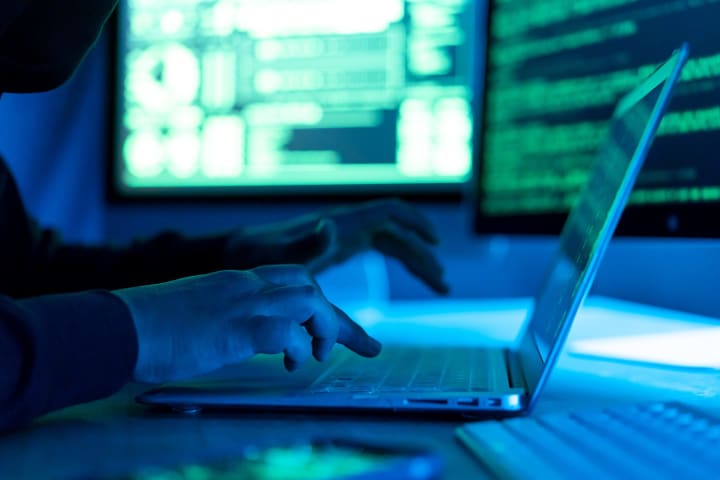
世界で 25 億ある Gmail アカウントの 1 つをお持ちなら、注意すべき 新しい詐欺 が横行しています。ハッカーは人工知能 (AI) の策略を使って Google サポート チームの誰かを装い、偽のポータル経由でユーザーにアカウントをリセットさせようとします。こうすることで、詐欺師はユーザーの個人メール アカウントにアクセスできるようになります。
これは典型的なフィッシング詐欺で、悪意のある人物が何らかの公式カスタマー サービス担当者を装って個人情報を漏らさせようとしま…

Gmail ユーザーを狙った新しい巧妙な詐欺が、偽のアカウント復旧リクエストを承認するように仕�向けて個人データを盗もうとしています。IT コンサルタントで技術ブロガーの Sam Mitrovic 氏は最近、詳細なブログ投稿でこの詐欺の体験をシェアし、ユーザーがこの巧妙な AI ベースの詐欺に簡単に騙されてしまう可能性があることを強調しました。
詐欺の仕組み
この詐欺は、携帯電話またはメールに予期せぬ通知が届くことから始まります。この通知では、自分が開始したことのない Gmai…


AI を利用したサイバー攻撃が、Gmail の 25 億人のアカウント保有者を狙っています。ハッカーは、Google サポートからの電話を装ったリアルな AI 詐欺電話で Gmail ユーザーに連絡し、騙そうとしていると報じられています。
Microsoft ソリューション コンサルタントの Sam Mitrovic 氏は、最近投稿したブログでこの詐欺について報告し、何が起こったのかを詳しく説明しています。Mitrovic 氏は最初に、ユーザーのログイン認証情報を入手するため…

ハッカーが戦術を進化させ続ける中、Gmail ユーザーは人工知能によるますます巧妙化するフィッシング攻撃に直面しています。
Google によると、Gmail は世界中で 25 億人以上のユーザーに利用されており、詐欺師やサイバー犯罪者にとって魅力的なターゲットとなっています。
最近の事件では、Microsoft ソリューション コンサルタントの Sam Mitrovic 氏が、説得力のある AI 駆動型フィッシング詐欺の犠牲になるのをかろうじて免れました。攻撃は Gmail…
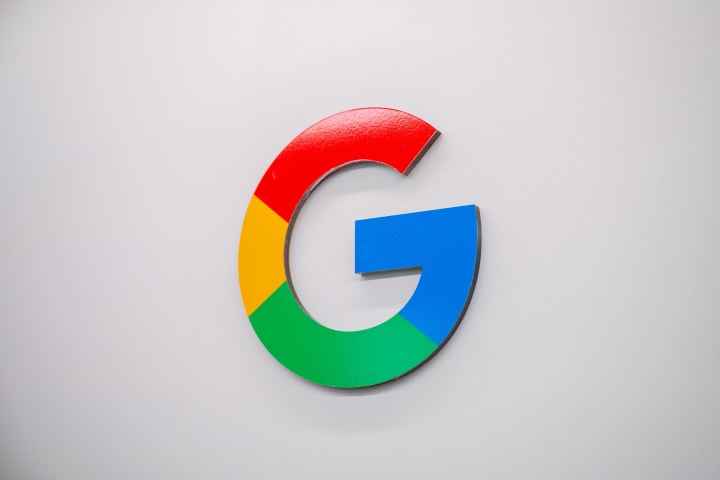
サム・ミトロヴィッチ氏の個人ブログで説明されている最近の事件は、AI を利用した詐欺電話の見分けがますます難しくなっていることを示しています。ミトロヴィッチ氏は、正当な Google の通信を模倣した一連の疑わしい通知や電話を受けました。これは、彼の Google アカウントの喪失につながる恐れのある脅威でした。
事件は、米国から発信された Gmail アカウント回復試行通知から始まりました。その後、発信者 ID として「Google Sydney」と表示された番号から不在着…
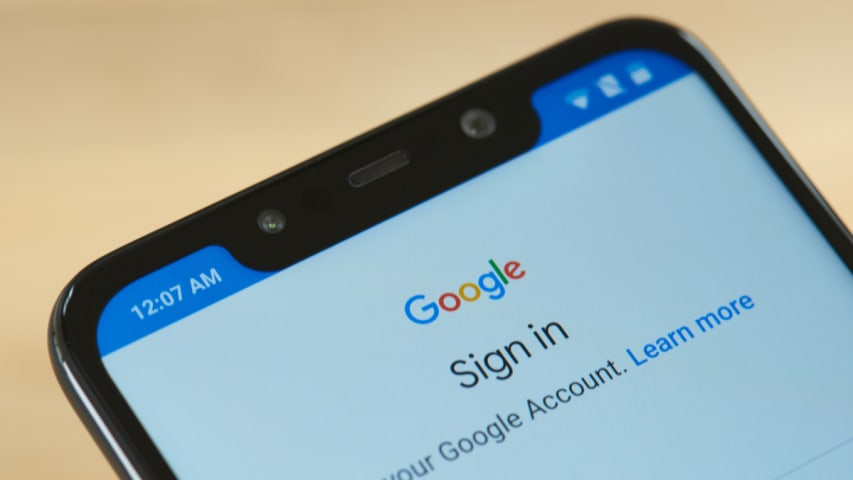
今朝のテクノロジー関連のニュースでは、Google ユーザーを狙った新たな AI 詐欺が話題になっています。Forbes が記事を公開 では、詐欺師との 2 件の体験について詳しく説明しています。どちらも AI によって生成された電話と複数段階の計画が関係していると思われます。ただし、これらの詐欺は必ずしも「新しい」ものではなく、犯人が Google の人間であると主張するかどうかにかかわらず、警戒する必要があります。
これらの Google アカウント詐欺に注意してください…
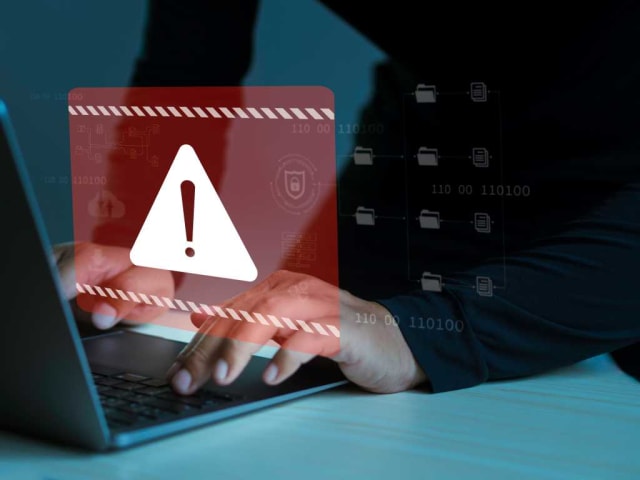
生成型 AI の登場により、さまざまな機会が開かれましたが、さまざまなリスクや危険も増大しました。
これまでにも、AI 生成コード、フィッシング メール、さらにはディープフェイクを使用して、セキュリティの専門家でも簡単に騙されるような、よりリアルな詐欺行為を仕掛けるハッカーがいました。
最近のフォーブスレポート で、マイクロソフトのセキュリティコンサルタントであるサム・ミトロ�ヴィッチ氏が、新たな「超リアルな AI 詐欺電話」の体験について語り、すべての Gmail アカウント…


















